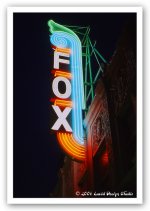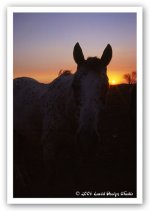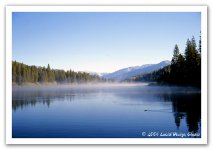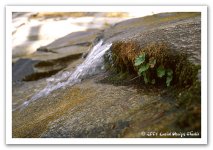schrackman
Established
Hi again folks,
My tests with different slide films on the Canonet has thus far landed me a favorite: Kodak Elite Chrome 100. I like warm tones and this film seems to give me that. I also tried Fuji Provia 400 which was also very nice but a bit on the cool/blue side for my taste on certain photos. Of course, I still have other slide films to try out so keep your eyes peeled for more posts by me.
I have noticed that there is a dramatic difference between using slide film and regular negative film on the Canonet. With regular film only about 1/4 of all my shots were actually useable, whereas with slide film pretty much every frame was exposed nearly perfectly. Not sure why that is. Perhaps there is more latitude with slide film. Still got lots to learn about film, hehe.
As for these photos, the first two on the left are Fuji Provia 400 and are my favorite from the roll, and the three on the right are Kodak Elite Chrome 100. Scanned using an Epson 3170, not the best for slides but it works for now. I lost my circular polarizer so I wasn't able to use it on any of these shots. However, after returning home from the mountains I was able to find another one at the camera store and so my next roll should turn out much nicer than these.
My tests with different slide films on the Canonet has thus far landed me a favorite: Kodak Elite Chrome 100. I like warm tones and this film seems to give me that. I also tried Fuji Provia 400 which was also very nice but a bit on the cool/blue side for my taste on certain photos. Of course, I still have other slide films to try out so keep your eyes peeled for more posts by me.
I have noticed that there is a dramatic difference between using slide film and regular negative film on the Canonet. With regular film only about 1/4 of all my shots were actually useable, whereas with slide film pretty much every frame was exposed nearly perfectly. Not sure why that is. Perhaps there is more latitude with slide film. Still got lots to learn about film, hehe.
As for these photos, the first two on the left are Fuji Provia 400 and are my favorite from the roll, and the three on the right are Kodak Elite Chrome 100. Scanned using an Epson 3170, not the best for slides but it works for now. I lost my circular polarizer so I wasn't able to use it on any of these shots. However, after returning home from the mountains I was able to find another one at the camera store and so my next roll should turn out much nicer than these.
Attachments
Last edited:






